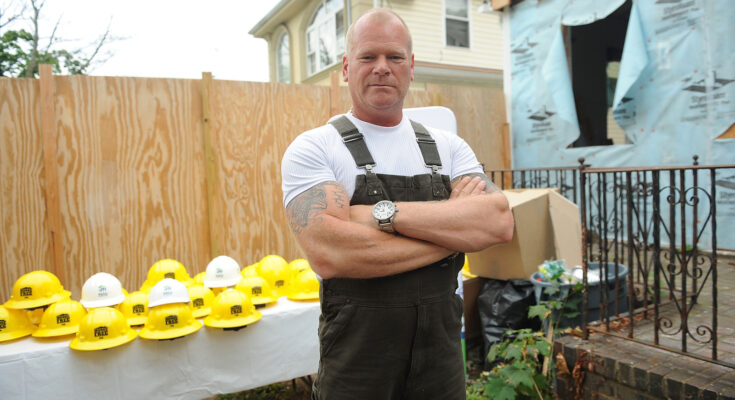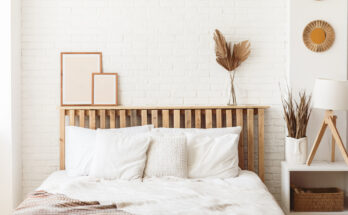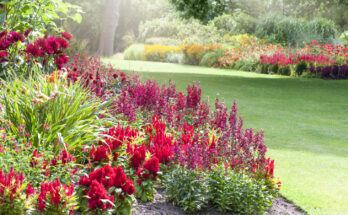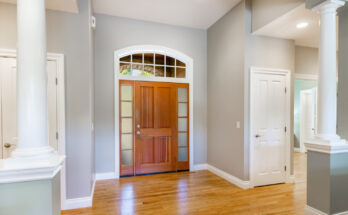Mike Holmes’ Overlooked Tip For Keeping Your Home Cool In Summer Is Quite Simple
We may receive a commission on purchases made from links.
There are plenty of hidden downsides to air conditioners. They’re costly, bad for the environment, and can be aggressive on your ears, nose and throat. Still, certain summer days are just impossible to withstand without them. Thankfully, celebrity contractor and “Holmes on Homes” host Mike Holmes shared an overlooked tip to reduce reliance on these double-edged machines, and it’s as simple as protecting your home from the sun — address the cause, not the symptom.
“The best way to cool your home without relying on the air conditioning is to prevent the heat from getting in in the first place,” Holmes explained on his website, Make It Right. And how do you do that? Plant trees that will create nice, cool shade for your heatstroke-susceptible abode. “With clever placement of trees, you can create a natural sun block that prevents the heavy sun from beating through your windows,” added the experienced Canadian builder.
How tree placement can cool your home
As anything in nature, trees are unpredictable and can grow in places and directions you aren’t prepared for. Their roots can affect piping, while their canopies can mess with power lines. With that mind, placement is crucial when planting shade trees for your home. You may even consider consulting a landscape designer first.
Start by assessing which direction your home is facing. A house with north-facing windows won’t need shade at all since it will never receive direct sunlight, whatever the time of day or year. Still, evergreen trees help cool the air temperature in summer and block winds in winter. If your home faces south, you’ll be getting sun throughout the day, but placing a tree directly south of your home will be useless when the sun is overhead unless you let the canopy grow over the roof and choose to bid adieu to winter sun. If that’s your only option, make sure to plant deciduous species.
Ideally, you’ll want to plant your tree to the east, southeast, west, and southwest for maximum protection against morning and afternoon sun at a distance of 10 to 20 feet for trees taller than 25 feet. A combination of all four will keep your home nice and cool all day, while letting through some light and warmth during sunrise and sunset. After you’ve chosen your spot, the best way to successfully grow a flourishing shade tree is to contemplate climate and soil conditions, followed by more specific planting routines to ensure healthy development, like soaking the rootball, protecting the bark, and mulching.
What if planting trees is not an option?
Not everyone will have the conditions needed to plant shade trees to protect their homes from heat in the summer. Don’t worry, Mike Holmes considered that, too. “You could install a UV films on your windows, or install some heat blocking curtains,” he suggested (per Make It Right). Any curtain, from the sheerest to the most opaque, thermal-insulated or otherwise, and including shades and blinds, will keep sunlight out of your home and, therefore, some of the heat it produces. If you’re working on a budget, you can even DIY a heat blocking curtain for lower bills. Ultimately, however, they’re a mixed blessing because no one wants to be kept in the dark all day.
Enter UV protection window films, such as the BDF UV-blocking window film and Haton window privacy film. These little gifts provide protection from nearly all the sun’s UV radiation and most of its heat without blocking all the light — like sunglasses for your home! It’s easy to DIY their installation, just be careful to avoid those annoying air bubbles when applying them. Awnings and other shades placed directly outside your windows can be worthwhile easy-fix options, too.



